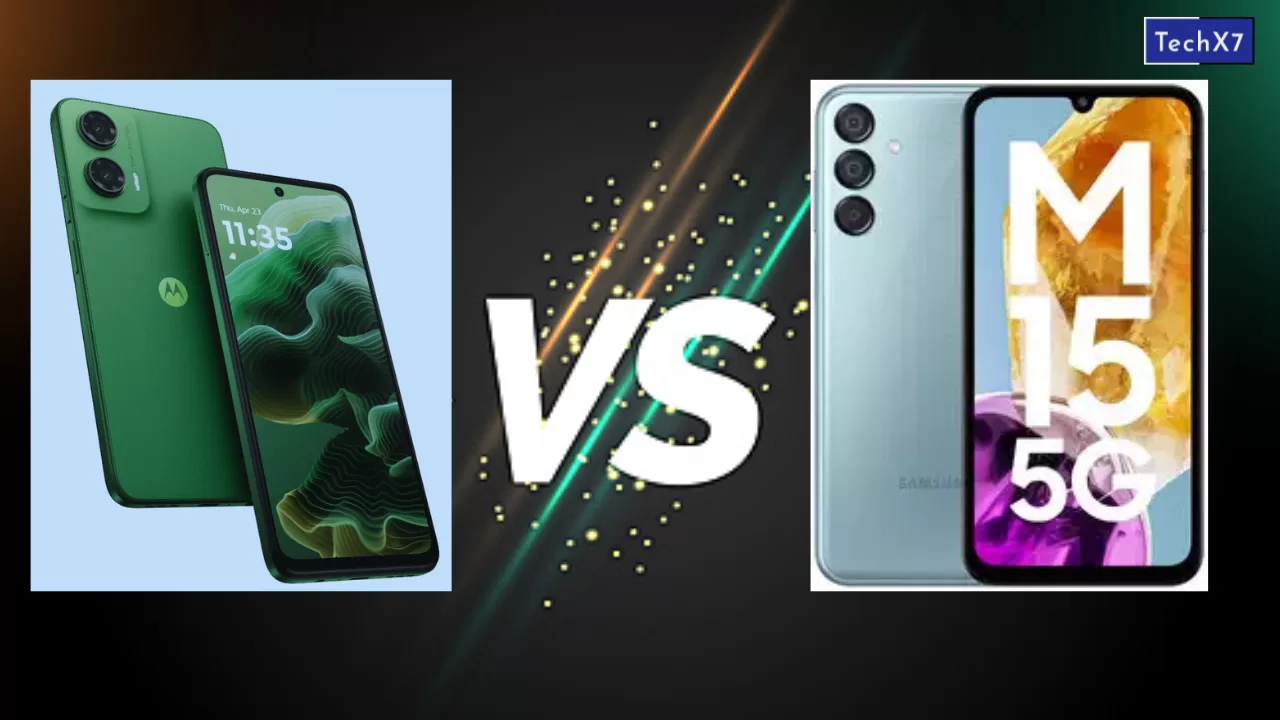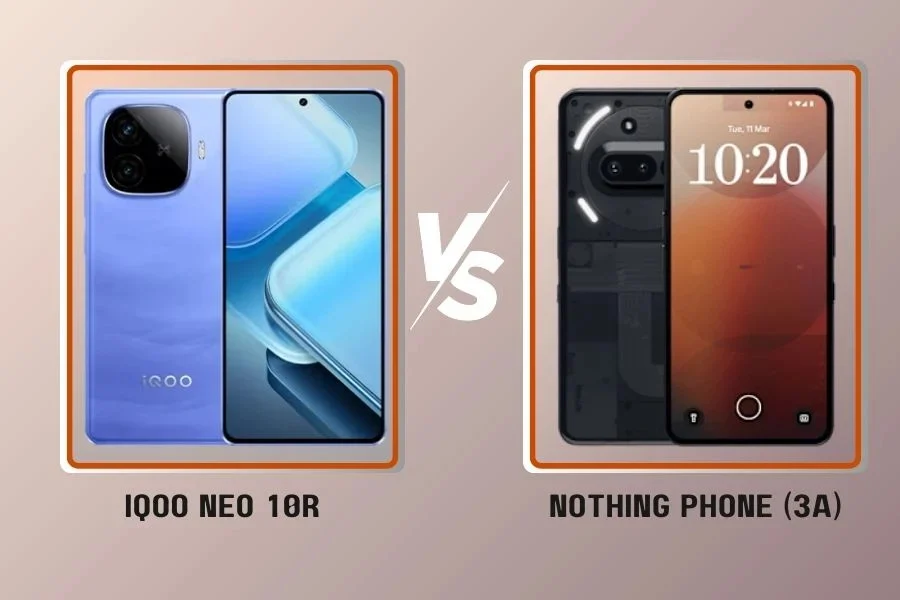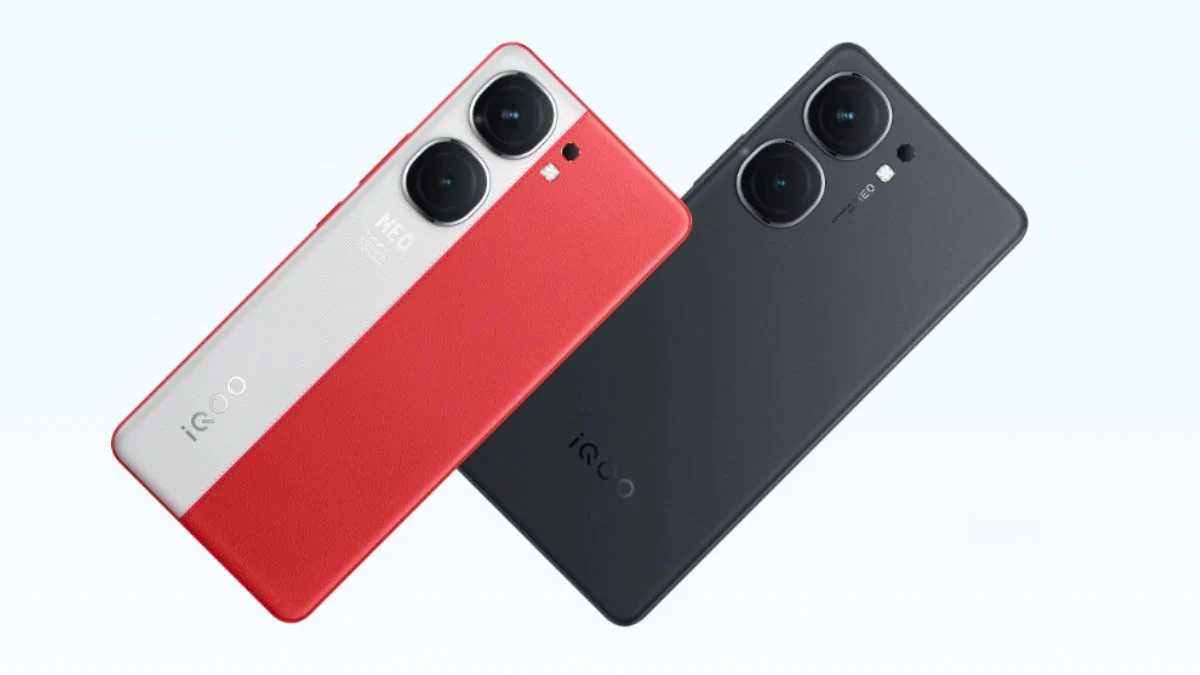The Moto G35 5G has recently made its debut in India’s ultra-affordable 5G smartphone sector, with an appealing spec sheet geared at cost-conscious users. At first appearance, the Moto G35 5G appears to be an appealing option, with a 6.72-inch FHD+ display and 5G connection.
However, real-world performance reports imply that the phone’s potential is hampered by its UNISOC T760 chipset, which is unable to compete with the Galaxy M15 5G, which is powered by more powerful processors such as the MediaTek Dimensity 6100+. And, while Samsung’s inexpensive choice is more pricey, we’ll see if it’s worth the extra money.
Galaxy M15 5G vs Moto G35 5G
The Moto G35 5G’s use of the UNISOC T760 chipset is an unusual choice in a market dominated by MediaTek. While UNISOC has made some inroads in the budget space, its chips are not commonly found in 5G devices, and for good reason. We noticed that the T760 chip on the G35 5G ran hotter than the MediaTek Dimensity 6100+ SoC on the Galaxy M15.
Gaming, multitasking, and even charging speeds are all hampered by this heat inefficiency. Compared to its rivals, the Moto G35 5G supports slower charging since the processor has trouble maintaining the lower temperatures needed for quicker charging and uses more power when the device is not in use.
The Galaxy M15 5G’s MediaTek Dimensity 6100+ processor provides excellent heat management, guaranteeing steady performance during multitasking and gaming. Because of this, the Galaxy M15 5G is more dependable and efficient than the Moto G35 5G.
Software and Security
The Moto G35 5G’s processor may have security flaws in addition to performance problems. According to a Kaspersky research, some UNISOC SoCs have serious vulnerabilities that might allow for illegal remote access and circumvention of security measures. The long-term security of user data on UNISOC-powered devices is called into question by these vulnerabilities.
The Moto G35 5G’s poor software support is another major flaw. In contrast to the Galaxy M15 5G, which guarantees four Android OS updates and four years of security patches, the smartphone only provides one Android OS update and two years of security patches.
In addition to extending the Galaxy M15 5G’s lifespan, this extended software support guarantees improved performance over time. The Galaxy M15 5G is little more expensive than the Moto G35 5G, but its superior overall performance and long-term value make up for the difference.
The Galaxy M15 5G’s more efficient processor also results in longer battery life and charging rates. Additionally, customers will continue to receive the newest features and security improvements for years to come thanks to the device’s strong software update policy. The Galaxy M15 5G is therefore a more dependable choice for those looking for a gadget that is future-proof.
Camera Performance
Budget smartphones sometimes rely on chipset and software optimisations to provide adequate camera performance, as hardware restrictions are typical in this category. The Moto G35 5G also lags in this area. We discovered that the Moto G35 5G generated shots with low dynamic range and blurry photographs. Shutter slowness and poor picture processing further limit the device’s photographic potential.
In comparison, the Galaxy M15 5G benefits from the Dimensity 6100+ chipset’s higher image processing capacity, which produces better results in both daytime and low-light conditions. However, the Moto G35 5G has a tiny advantage with its better resolution ultrawide lens. For customers who value camera performance, the difference is substantial, justifying the Galaxy M15 5G’s somewhat higher price.
Conclusion
While the Moto G35 5G’s cheaper pricing may first pique interest, its performance and lifespan are limited by the UNISOC T760 chipset. Overheating, slow multitasking, restricted software upgrades, and security risks make it unappealing in the long run. Furthermore, the LCD display of the G35 5G pales in compared to the AMOLED version.
The Galaxy M15 5G, on the other hand, is somewhat more costly but provides a far more comprehensive experience. With its MediaTek Dimensity 6100+ processor, increased thermal efficiency, expanded software support, bright AMOLED display, and improved camera performance, it emerges as the most dependable and future-proof alternative in its category. For customers prepared to pay a little more up front, the Galaxy M15 5G offers better value and a more fulfilling smartphone experience overall.




